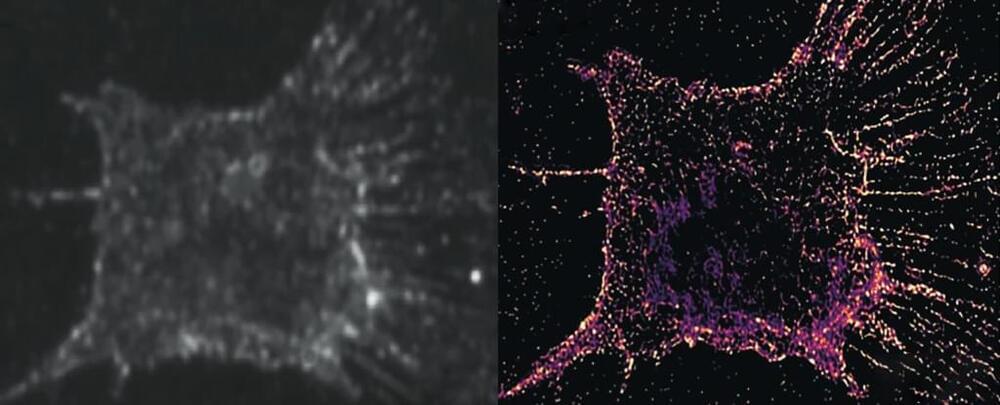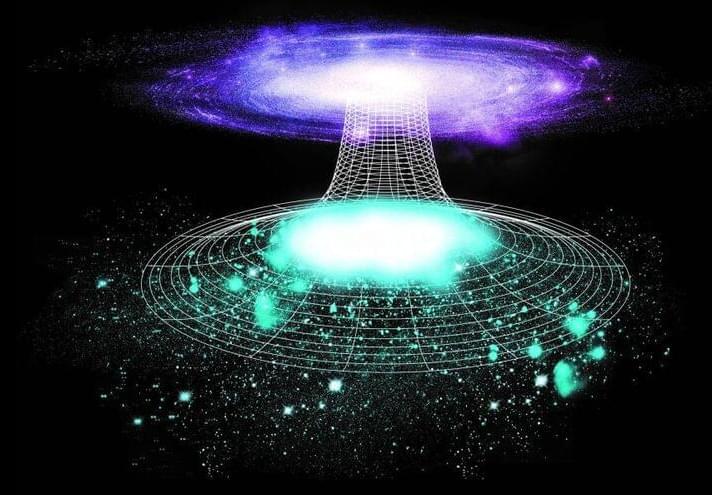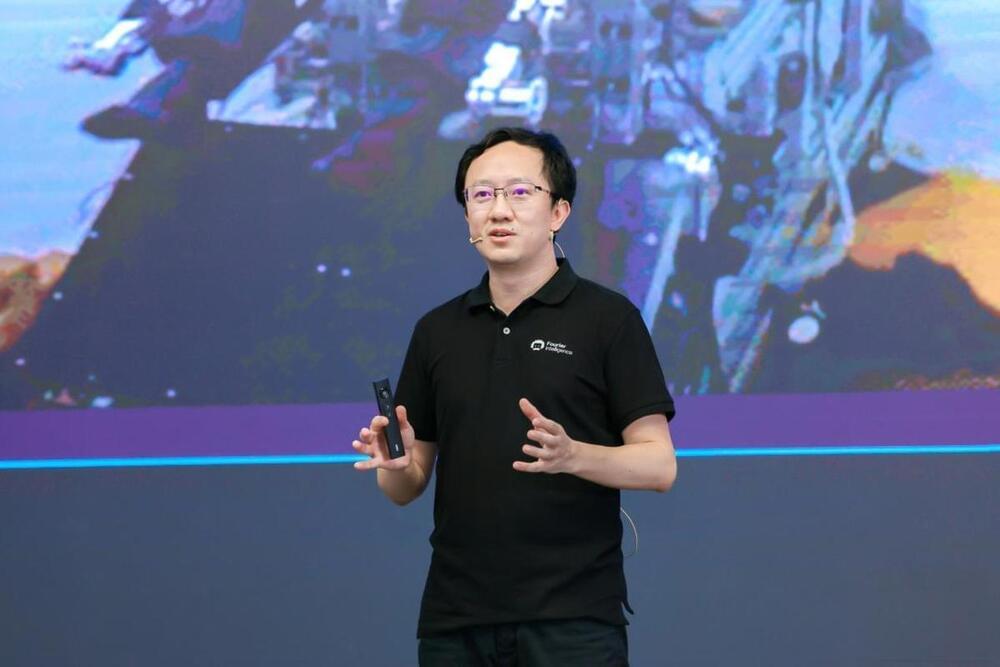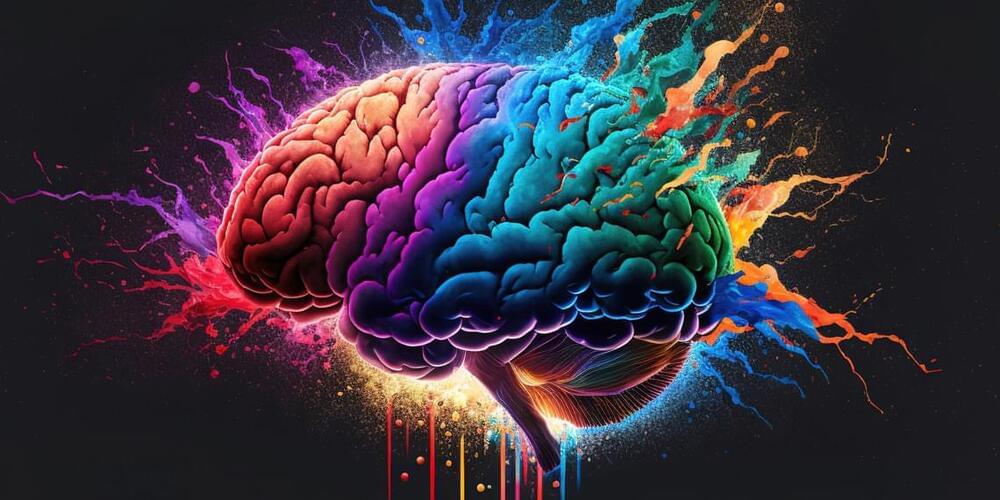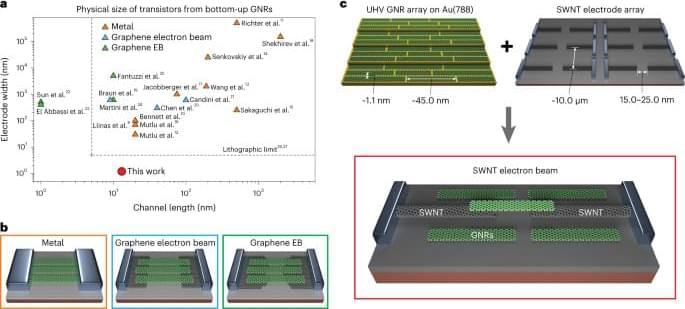The innovative tweak will allow scientists to directly observe molecular behavior over a much longer period, opening a window onto pivotal biological processes like cell division.
“The living cell is a busy place with proteins bustling here and there,” explains University of Michigan biomedical engineer Guangjie Cui. “Our superresolution is very attractive for viewing these dynamic activities.”
